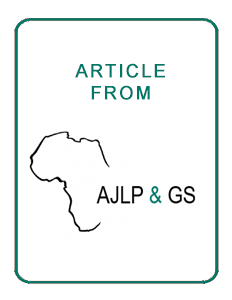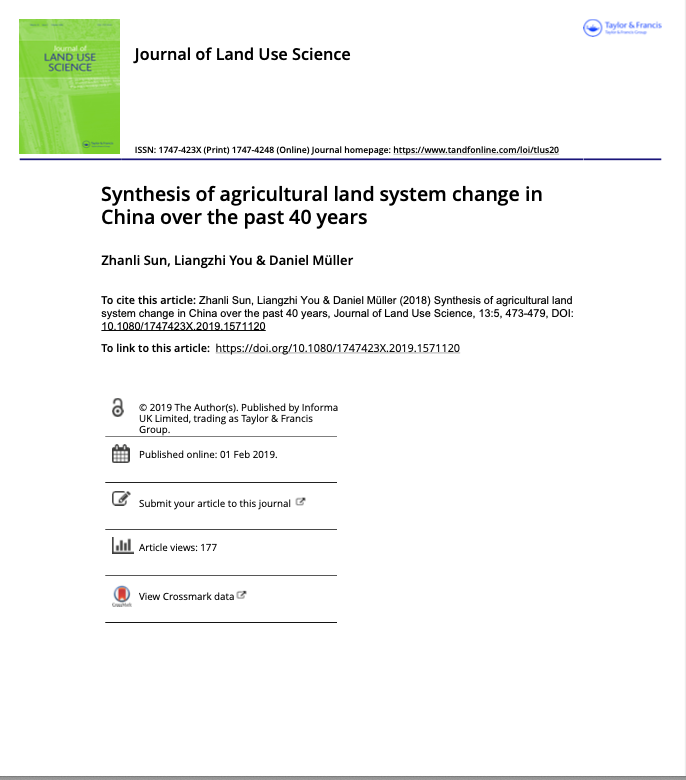Changing ecosystem services are increasing people's vulnerability in semi-arid regions : an ASSAR cross-regional insight
Adaptation at Scale in Semi-Arid Regions (ASSAR) researchers collaborated to understand the complex changes and patterns in semi-arid vegetation and socio-ecological systems. Ecosystems were mapped using a cross-regional coarse scale study, relying on climate data to capture global and regional trends. Finest spatial scale mapping relied on LANDSAT to show changes in land use and land cover. Details of observed changes are provided for Botswana, Namibia, Kenya, Ethiopia, Mali, Ghana, West Africa, and India. Links to referenced studies are embedded in the report.






